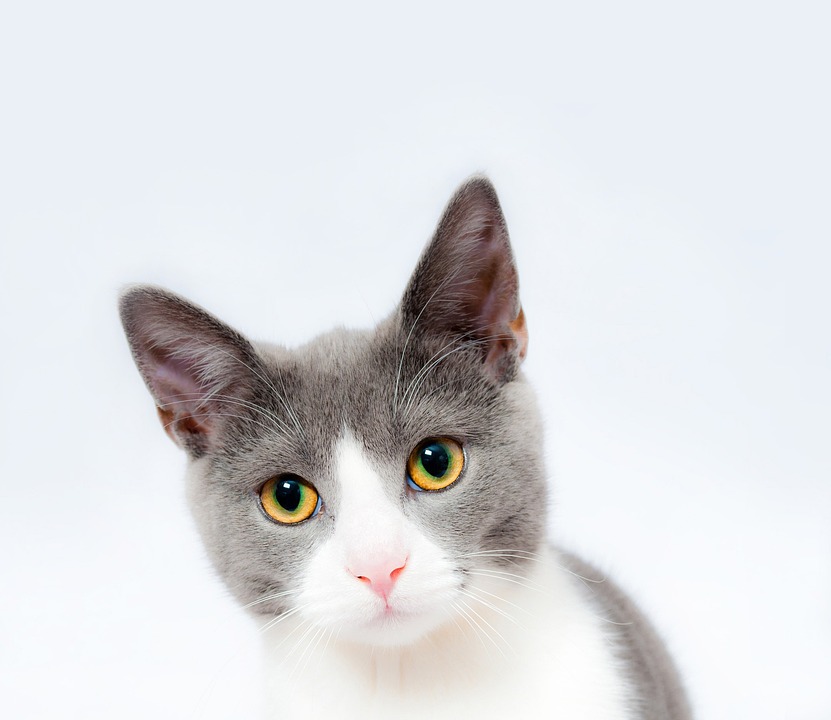Cats are known for their independent nature, but when it comes to urinary health, they rely on their owners for assistance. Urinary crystals are a common issue among cats, and if left untreated, they can lead to serious complications. By understanding the basics of urinary crystals, recognizing the symptoms, and implementing effective management strategies, you can ensure your cat’s urinary health remains in tip-top shape.
I. The Basics of Urinary Crystals
A. What are urinary crystals?
Urinary crystals are microscopic crystals that form in a cat’s urinary tract. They can be made up of various substances, including struvite, calcium oxalate, and urate. These crystals can irritate the bladder and urethra, leading to discomfort and pain.
B. Types of urinary crystals in cats
The most common types of urinary crystals in cats are struvite and calcium oxalate. Struvite crystals tend to form in alkaline urine, while calcium oxalate crystals are more likely to occur in acidic urine. Urate crystals are less common but can still pose a risk to a cat’s urinary health.
C. Causes of urinary crystal formation
Several factors can contribute to the formation of urinary crystals in cats. These include a diet high in magnesium and phosphorus, insufficient water intake, urinary tract infections, obesity, and underlying medical conditions such as kidney disease or diabetes.
II. Recognizing the Symptoms
A. Signs of urinary issues in cats
It’s important to be aware of the common symptoms of urinary issues in cats, as early detection can lead to prompt treatment. Some signs to watch out for include frequent urination, straining to urinate, blood in the urine, urinating outside the litter box, and excessive grooming of the genital area.
B. Identifying urinary crystals through diagnostic tests
If you suspect your cat has urinary crystals, a visit to the veterinarian is crucial. They can perform diagnostic tests such as a urinalysis or urine culture to confirm the presence of crystals and determine the type. This information is vital for developing an appropriate treatment plan.
III. Managing Urinary Crystals in Cats
A. Dietary considerations and importance of hydration
Proper nutrition plays a key role in managing urinary crystals in cats. Feeding a balanced diet that is low in magnesium and phosphorus can help prevent crystal formation. Additionally, ensuring your cat has access to fresh water at all times promotes hydration and dilutes the urine, reducing the risk of crystal formation.
B. Prescription diets for urinary health
In some cases, veterinarians may recommend a prescription diet specifically formulated to dissolve or prevent urinary crystals. These diets are carefully balanced to promote the correct pH levels in the urine and reduce the formation of crystals.
C. Environmental enrichment and stress reduction
Stress can exacerbate urinary issues in cats, so it’s essential to create a calm and enriched environment for your feline friend. Providing ample hiding spots, interactive toys, and regular playtime can help alleviate stress and promote overall well-being.
D. Regular veterinary check-ups and monitoring
Regular check-ups with your veterinarian are essential for monitoring your cat’s urinary health. They can perform routine examinations and recommend any necessary adjustments to diet or treatment plans. Open communication with your veterinarian is crucial for managing and preventing future urinary problems.
IV. FAQs
1. How can I prevent urinary crystals from forming in my cat?
Feeding a balanced diet, promoting hydration, and addressing any underlying medical conditions are key to preventing urinary crystals in cats.
2. Are there any natural remedies for urinary crystals in cats?
While some natural remedies may offer temporary relief, it’s important to consult with your veterinarian for proper diagnosis and treatment.
3. Can stress affect urinary health in cats?
Yes, stress can contribute to urinary issues in cats. Creating a stress-free environment is crucial for maintaining urinary health.
4. How long does it take to dissolve urinary crystals with a prescription diet?
The time it takes to dissolve urinary crystals with a prescription diet can vary depending on the specific case. Your veterinarian will provide guidance on the expected timeframe.
5. Are male cats more prone to urinary crystals than females?
Male cats are more prone to urinary crystals due to their longer and narrower urethra, which makes them more susceptible to blockages.
6. Can urinary crystals reoccur even after treatment?
Yes, urinary crystals can reoccur even after treatment. Regular monitoring and proper management are essential to prevent future episodes.
Conclusion
Understanding and managing urinary issues in cats with a history of urinary crystals is crucial for their overall health and well-being. By being attentive to their symptoms, providing appropriate nutrition, and creating a stress-free environment, you can help prevent crystal formation and ensure your furry companion leads a happy, healthy life. Remember, regular veterinary check-ups and open communication with your veterinarian are essential in managing and preventing future urinary problems.








